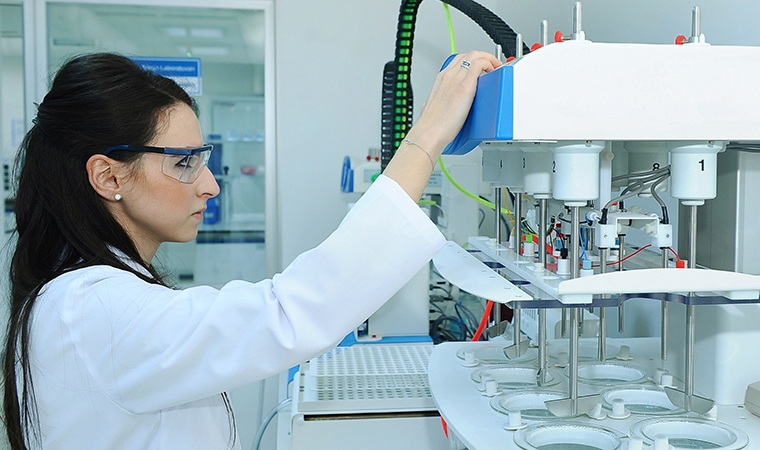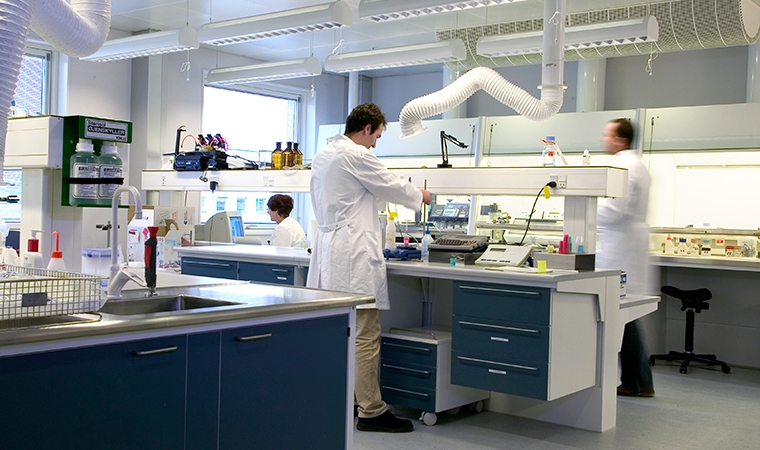To achieve consistent product quality, a control strategy is non-negotiable. But with considerations such as the patient, GMP compliance and future production in mind, where do you begin when outlining a strategy for pharma manufacturing?
The key to manufacturing a product of consistent quality is a control strategy. Yet if you want maximum value, you need to understand the overall process to ultimate prevent many manufacturing issues that plague the industry today.
A lack of understanding means supply delays, drug shortages, GMP issues and pre-approval inspections failures – all of which delay product launch. So a control strategy, in a multitude of different ways, can significantly improve pharma manufacturing and save costs.
Here are three key approaches to developing a strong, patient-centric control strategy for pharma manufacturing facilities:
1. Put the patient first
A control strategy starts with the patient and they should always be in mind during development. A Quality by Design (QbD) system should:
- Establish the quality target product profile with related critical quality attributes.
- Identify the critical process parameters and material attributes.
- Outline how the process should be operated and controlled to make sure the product is of the right quality and you reach the intended quality target and critical attributes.
- And finally, the control strategy used for commercial production must be approved by healthcare authorities and reflected in master batch records and standard operating procedures.
A patient-centric control strategy is the foundation for designing a pharma manufacturing facility and production line. This is true during conceptual design and facility design studies qand when defining user requirement specifications. It is also key for equipment and facility qualification, process performance qualification, process validation, an ongoing process verification program, and a daily manufacturing and control program.
When should you define a patient-centric control strategy?
You must define a patient-centric control strategy during product development and when designing your drug manufacturing process. The strategy should focus on achieving the right critical quality attributes by controlling critical process parameters and material critical quality attributes, often done on a lab scale.
As soon as the process is scaled-up and transferred to a commercial site, you should expand it into an operational-oriented production control strategy using a cross-functional team, including subject matter experts in development, production, technical support, quality assurance, engineering and automation and IT.
2. Combine control strategy with GMP when designing your pharma facility
Your control strategy can also be combined with your GMP design strategy during front-end studies. This builds the foundation for the conceptual design of a new expansion or improvement of a production line or facility.
In fact, it is difficult to propose a proper design without a control strategy. This is because it provides a systematic and structured approach, including GMP aspects and regulatory expectations. Additionally (circling back to the patient) it builds a solid foundation for decisions and reduces the risk of having to invest significantly more at a later stage - particularly when it becomes clear which products will be manufactured in your facility or new line.
A control strategy also evolves throughout the product lifecycle. It is product-specific during submission, but after scale-up and technology transfer and just before process performance qualification or process validation, it embraces facility, equipment, utility, process automation controls and other GMP controls.
It even encompasses business-oriented controls, including yield, production lead-time, overall equipment effectiveness (OEE), energy consumption, waste water, operator protection, and environmental controls. Often, this kind of control strategy is known as, ‘Production Control Strategy’ or ’Manufacturing Control Strategy.’
3. Focus on production in control strategy
Production control strategy is highly complex as it reflects a deep understanding of the manufacturing process. However, if it is established using a systematic science and risk based approach, you are able to utilize its full potential for other activities when ramping up the facility and making it ready to produce products.
Production control strategy serves as an input and definition for the master batch records, the process control system and the batch execution system. However it is also useful to define the continued ongoing process verification, for process automation projects, for smarter and leaner qualification and validation programs, and finally, for continual improvement activities.
A robust production control strategy based on process understanding and implemented in commercial operations minimizes the risk of compromising product quality and process robustness. It helps to address deviations, improve overall management, and means continuous improvement can be proactively proposed. And improvement opportunities drive lifecycle management activities - benefiting both the patient and the business.



